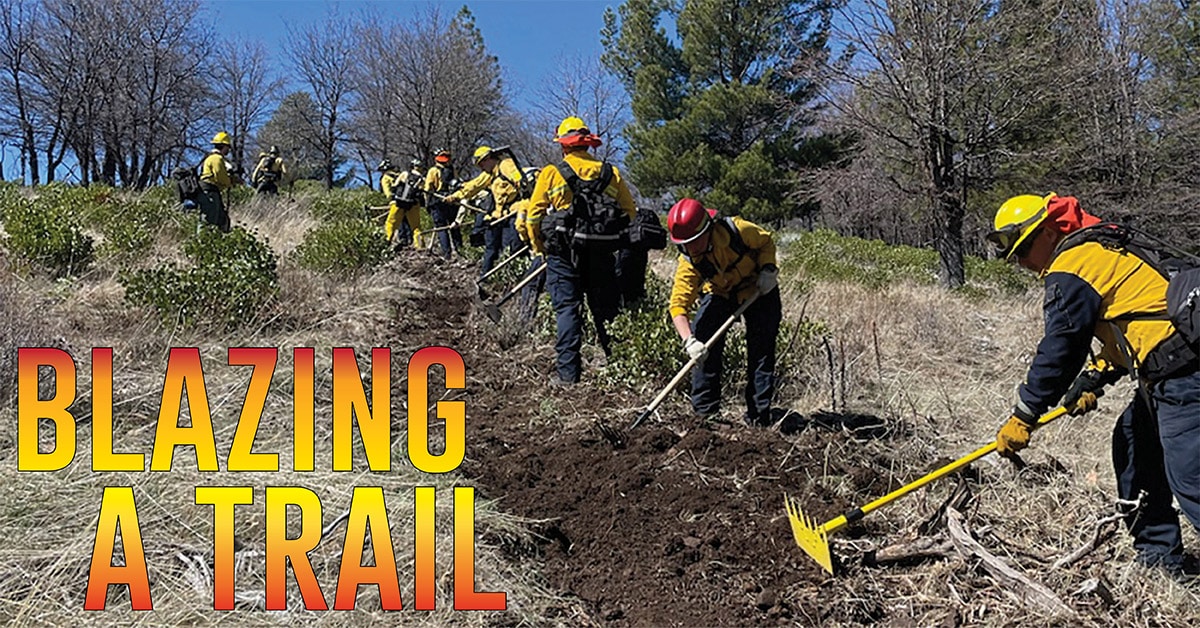Blazing a Trail
College of the Siskiyous Fire Technology Program in Weed…
Throughout the summer season, firefighters have become an increasingly common sight in Northern California, bravely defending our communities against new and increasingly hazardous fire conditions. And while volunteer fire departments in the United States go all the way back to the European colonies, the first professional fire department didn’t become established until 1853 in Cincinnati. Since then, the profession has evolved into the modern force we recognize today, organized along paramilitary lines committed to saving lives and property in addition to fighting fire.
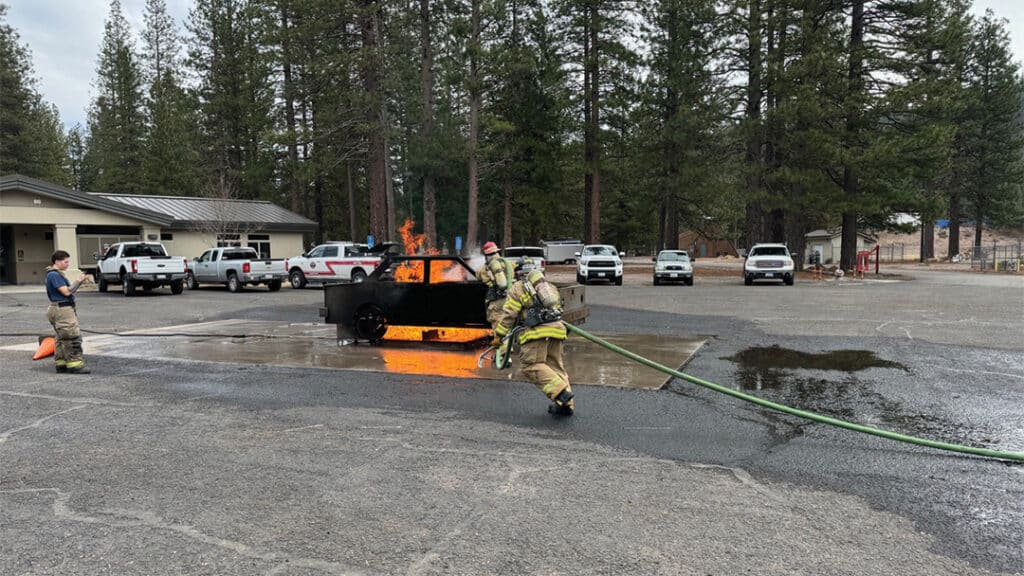
In fact, according to a 2020 government report, only 4 percent of all reported fire department runs are actually fire-related, meaning that on a moment’s notice, a firefighter has to be ready to pivot from being a structures expert to a paramedic to an electrician, not to mention the occasional pet rescuer and parade hero. “I think the people who are attracted to the profession are folks who like to work as a team, who don’t like to do the same thing over and over, and who really like to challenge themselves,” explains Chris Delcour, the Coordinator of the College of the Siskiyous Fire Technology Program in Weed.
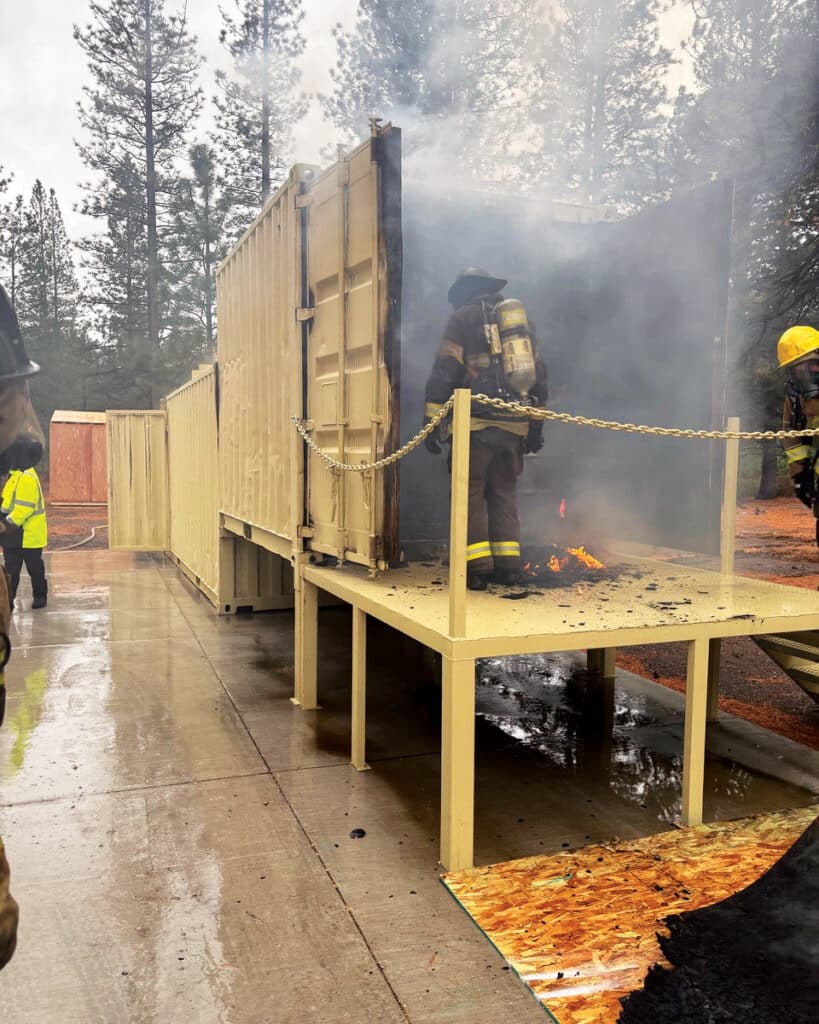
According to Delcour, one of the program’s missions is to produce graduates who are “turnkey” ready to face the challenges of the profession. “There are two standards within the state. There’s a Firefighter One Level, which is basic entry level, and typical of most academies, and the Firefighter Two Level, which is a secondary program. But a couple of years ago, we surveyed a bunch of cadets who had been out of the program for a few years about how we could make the program more effective, and they universally agreed on combining the two levels into one long program. So, we realigned our program to do that, and now it goes from October to May. Now the cadets complete the required task book for all of Firefighter 1 and 2 (except for the required job experience, which happens once they are employed), and they exceed all hirable standards to be ready to go upon graduation. In addition, they also meet all the standards for wildland firefighting so they’re ready for the National Forest Service and CAL FIRE as well.”
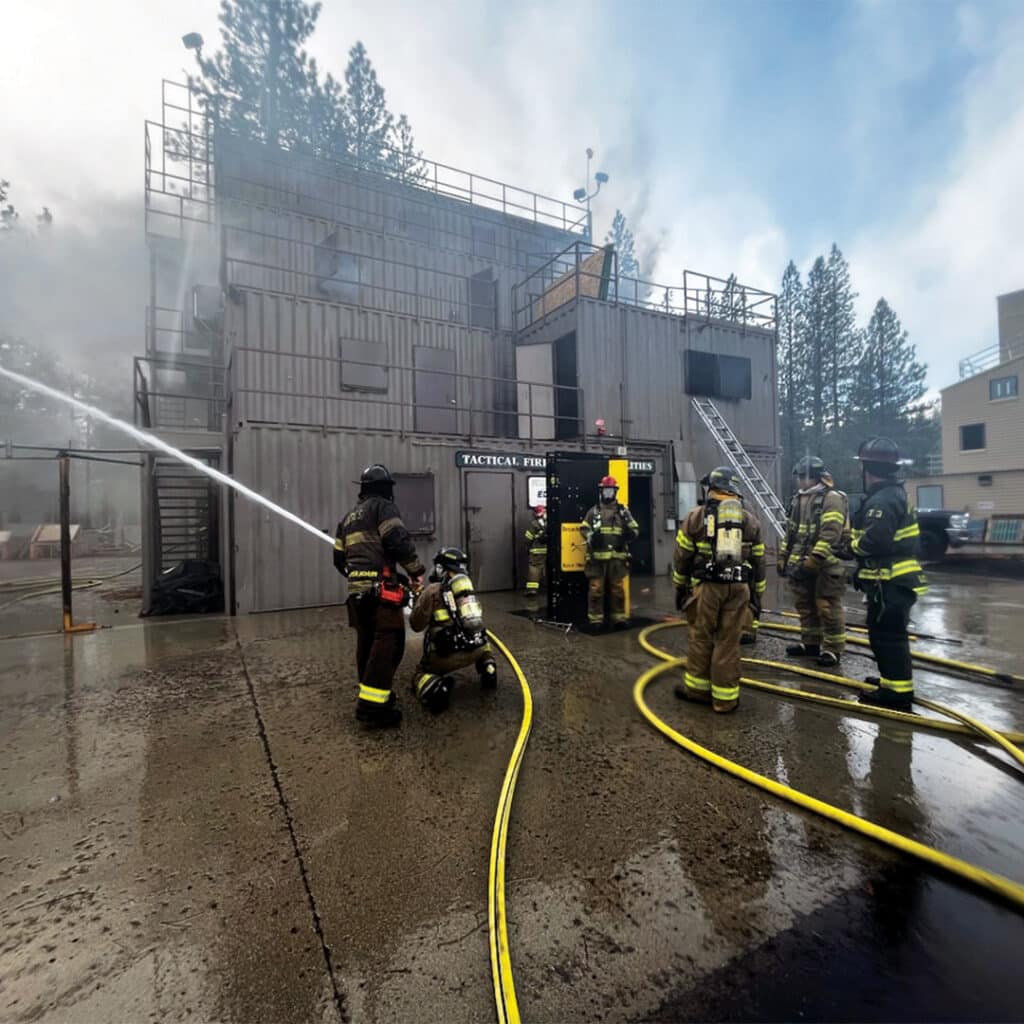
Delcour says that the curriculum at College of the Siskiyous covers a wide variety of subjects and challenges, many of which go above the state’s minimum standards. “The first of four modules that cadets must pass starts with Structure Firefighter 1A, where they learn how to pull hose, supply water, throw ladders, and they learn all about their personal protective equipment. Next, they do their hazardous materials module where they get their certifications on learning how to deal with weapons of mass destruction and hazardous materials. The third module is wildland firefighting, where they meet all the standards of basic wildland firefighting, but we also add tree falling, weather behavior and similar skills that make them especially desirable candidates for local agency 2, where they learn about things like flammable liquid fires, auto extrication and rope rescue awareness. At the end, they put everything they’ve learned together in simulated and real fire attacks.”
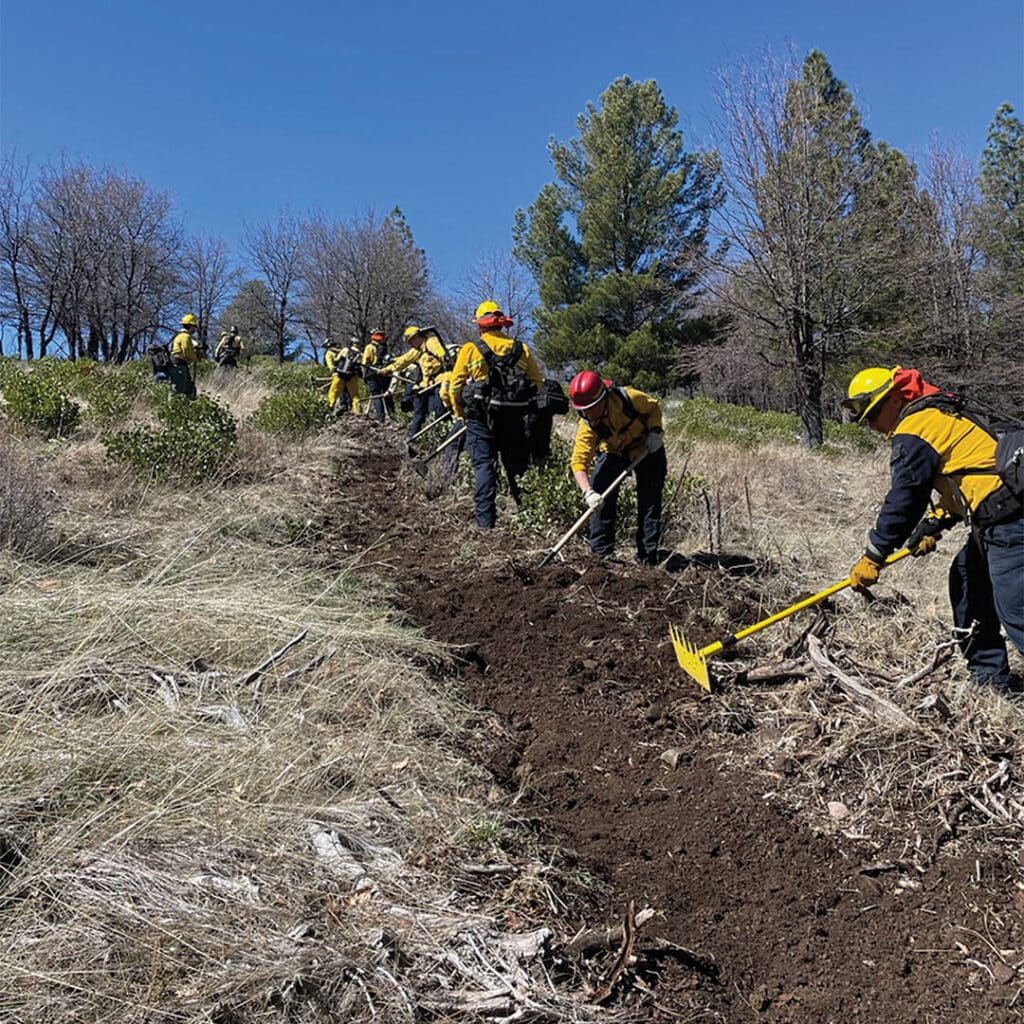
One of the other challenging standalone classes that cadets must complete is “Firefighter Survival.” “It’s a class that state fire training gives a special certification for. And in that class, there’s a competency maze where cadets have to learn how to take their pack off and manipulate it along with their body through small spaces. It’s challenging on its own, and can be really tough for anyone who is claustrophobic. We usually have a few who struggle to get through that. Normally we are able to talk them through it to achieve success, but there are usually one or two that almost don’t make it.”
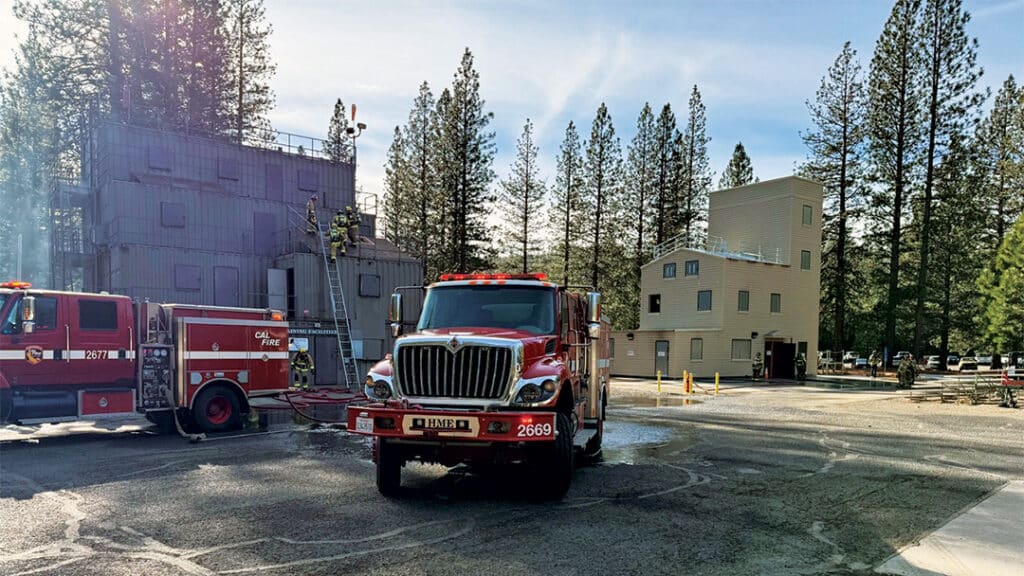
Delcor believes that the cadets who find the most success at both the Academy and in the profession are the ones who are both personally motivated and team driven. “As weird as it sounds, it’s an individual sport to get through because they have to do their own studying and testing, so they have to individually do all of the tasks. But they’re also tested as a team, so there’s nowhere to hide.” But at the end of the day, Delcour contends that the training works because that’s the same sense of community, adaptability and courage that the profession demands.

“I always like to tell the cadets, ‘When you’re out in the world and you’re working as a firefighter and suddenly you need help, who do you call?’ Sometimes they’ll just look at me. So, I’ll ask again, ‘Who do firefighters call for help?’ and then it clicks. ‘You just call more firefighters.’ They have to know that they’re the last line of defense, and there’s nobody else coming to fix it. You have to be ready for that.” •
College of the Siskiyous
800 College Ave., Weed
www.siskiyous.edu/cte/fire

